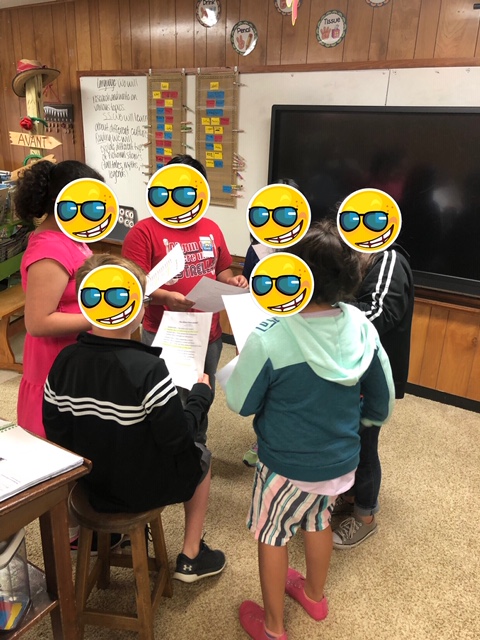When One Teaches, Two Learn

My 5 year old recently came home from school raving about his new favorite center, the "school" center. I asked him what exactly that entailed and he told me it's where he becomes the teacher and teaches other students a concept they have been learning about. He then tells me that he taught a lesson on alliteration and that he got to use a "real" teacher pointer! And it hit me like a ton on bricks, not only is his teacher brilliant but, this is an idea that should be capitalized on in ALL classrooms! As Robert Heinlein stated, "When one teaches, two learn." Our own US Army uses a similar term, "Learn one. Do one. Teach one."
Research by Edgar Dale tells us that "Experiential Learning" shows a 90% content remembrance rate when students are in role play situations that involve modeling and stimulating learning. It is through experience that humans retain information and create memories. The level of thinking that goes with students teaching their peers is at the analysis, create, design, and evaluate level.

In a blog post made by Inspiring Learners, they state, "According to my experience and understanding, teaching and learning go hand in hand and teaching is a process of learning. E.g. – every time a student asks a question related to the concept, the teacher gets to think in a different direction to clarify the queries and hence learns." So, how do we give kids the experience of teaching others? Here are some ideas for implementing experiential learning.
The "School" Center"
Early learners love to play school! I recently saw April Latimer's kindergarten students engaged in the School center in her classroom. Ms. Latimer had an easel and teacher chair setup in the corner of the room. On the easel, she rotates in and out morning messages, anchor charts, examples of learning, and small whiteboards for the learners to use during the lessons. Here are her kindergartener's in action!


Ideas for Secondary Students Teaching
Reciprocal Teaching
This strategy has students going through the thinking process and then teaching their team about their thinking. It can be used in any content area! This strategy is great for students to reinforce their own learning and allow for deeper understanding of a concept taught. John Hattie identifies reciprocal teaching as having a .74 effect size on student growth! Download our Reciprocal Teaching Cards here!

Numbered Heads Together (Kagan Structure)
This instructional strategy employs students to think, collaborate, and teach others about a concept. Here is an explanation from a Quick Reference Guide to Kagan Structures.

Two Heads are Better Than One
"Peer assisted learning" is a powerful instructional tool to not only reinforce teaching but to also build on student's confidence. Social and emotional learning experiences are crucial to building a safe community of learners in all classrooms. When students work collaboratively, we are empowering them with social skills, academic experiences, and much more that we do not even realize yet! Students, go get your teach on!

